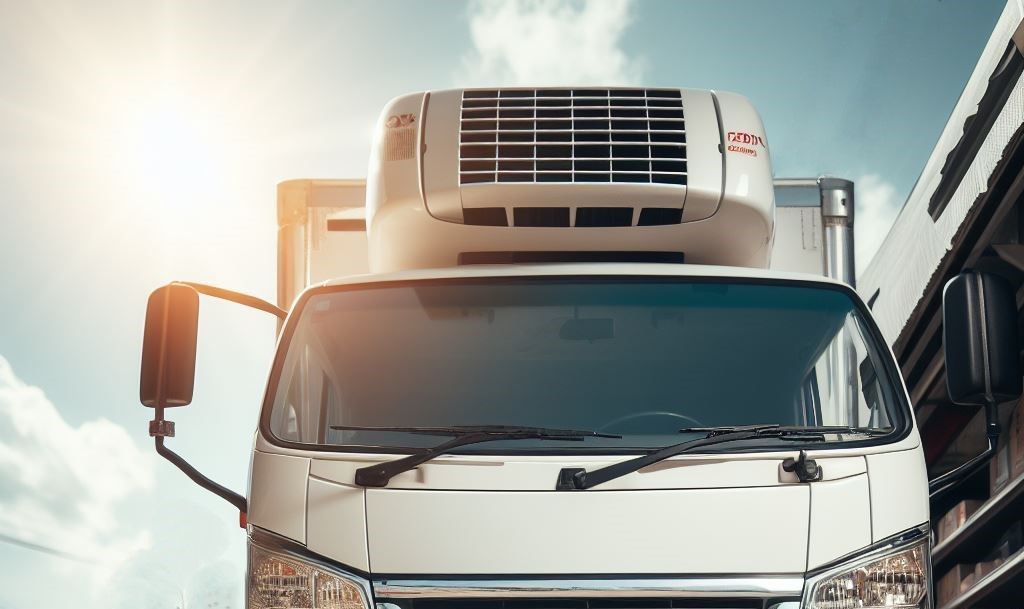
Transporting a fridge can be a challenging task, requiring careful planning and execution to ensure the appliance arrives safely at its destination. In this comprehensive guide, we will explore the various aspects of transporting a fridge, from preparation and packing to loading and securing. Whether you are moving to a new home or delivering a fridge to a customer, this article will provide you with the knowledge and techniques needed to transport fridges effectively.
- Assessing the Fridge:
Before transporting a fridge, it is crucial to assess its condition and determine if any repairs or modifications are necessary. Check for any loose parts, leaks, or damage that may affect its stability during transportation. Additionally, measure the dimensions and weight of the fridge to ensure compatibility with the transportation vehicle. - Preparing for Transport:
To prepare the fridge for transport, start by emptying its contents and defrosting it. Remove all shelves, drawers, and detachable parts, and pack them separately. Clean the interior and exterior of the fridge thoroughly, ensuring there are no spills or debris that could cause damage during transit. - Choosing the Right Transportation Method:
The choice of transportation method depends on various factors, such as distance, mode of transport, and the size of the fridge. For short distances, a pickup truck or van may suffice, while for long distances, professional movers or specialized transport services may be required. Consider the size and weight of the fridge when selecting the appropriate vehicle. - Securing the Fridge:
Properly securing the fridge is essential to prevent any movement or damage during transportation. Use straps or ropes to secure the fridge to the vehicle, ensuring it is tightly held in place. Place non-slip mats or blankets underneath the fridge to prevent sliding. If using a moving truck, consider using straps or braces to secure the fridge against the walls of the truck. - Handling and Loading:
When handling the fridge, ensure you have a team of individuals to assist with the lifting and loading process. Lift the fridge from the bottom, using proper lifting techniques to avoid strain or injury. Use a dolly or a trolley to transport the fridge to the vehicle, taking care to navigate any stairs or obstacles safely. When loading the fridge onto the vehicle, use ramps or hydraulic lifts if necessary to minimize the risk of dropping or damaging the appliance. - Safe Transportation:
During transportation, it is crucial to drive carefully, avoiding sudden stops, sharp turns, or rough roads that could cause the fridge to shift or tip over. Monitor the fridge periodically to ensure it remains secure and undamaged. If transporting the fridge in extreme weather conditions, take precautions to protect it from excessive heat or cold. - Unloading and Installation:
Upon reaching the destination, carefully unload the fridge using the same precautions as during loading. Follow the manufacturer's instructions for installation, allowing the fridge to settle for a few hours before plugging it in. Check for any damage or issues that may have occurred during transportation, and address them promptly.
Conclusion:
Transporting a fridge requires careful planning, preparation, and execution to ensure its safe arrival. By following the steps outlined in this comprehensive guide, you can master the art of transporting fridges and minimize the risk of damage or accidents. Remember to prioritize safety, secure the fridge properly, and handle it with care throughout the entire transportation process.
